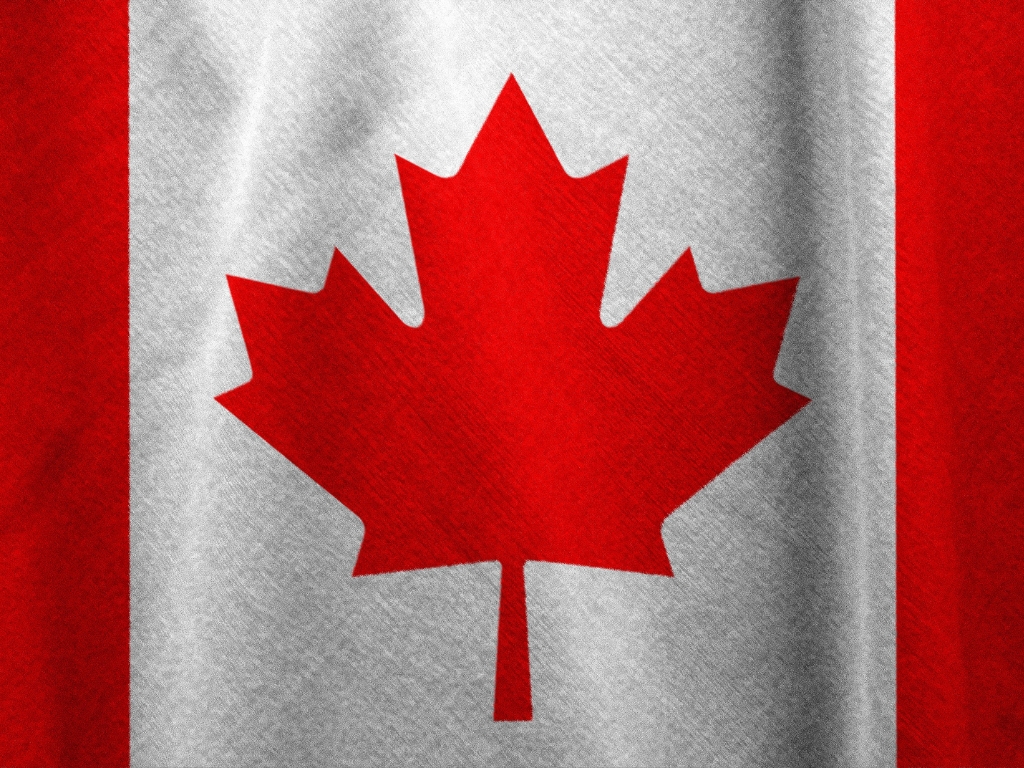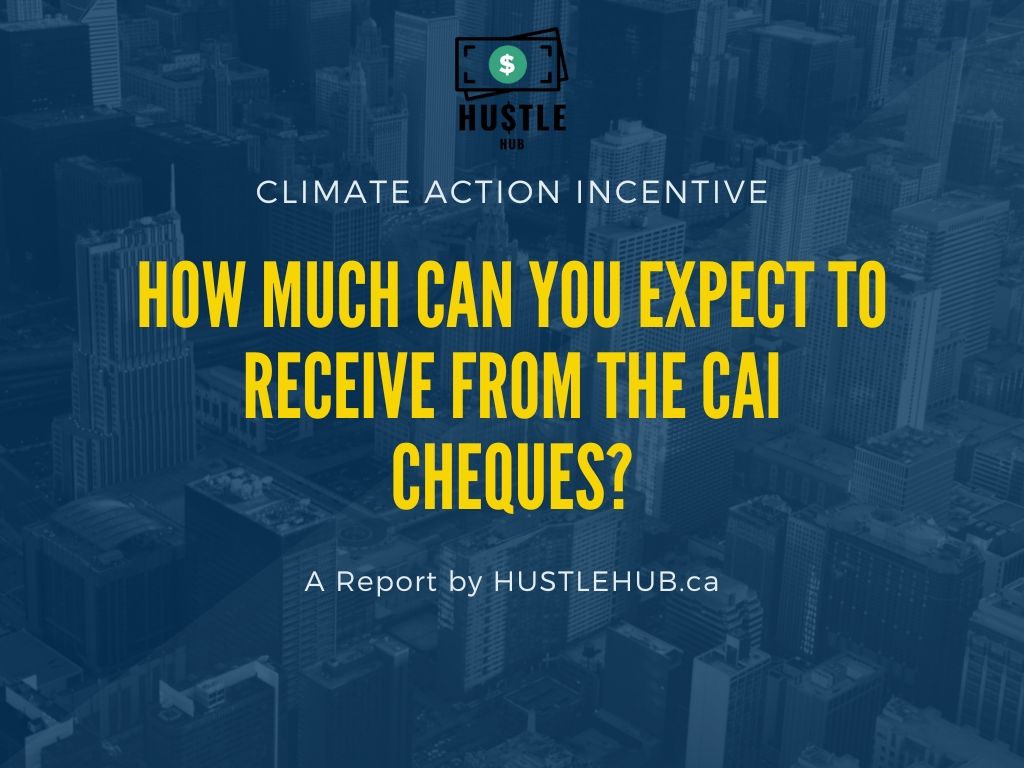Are you living in a province that is subject to the federal carbon tax? If you are, then you might be wondering how to get your Climate Action Incentive (CAI) cheques in 2023 and beyond. The CAI is a tax-free payment that the government gives back to residents of Alberta, Saskatchewan, Manitoba, Ontario, Newfoundland and Labrador, Nova Scotia, and Prince Edward Island, to help them offset the cost of the carbon tax. In this article, we will tell you everything you need to know about the CAI cheques, including how they work, how much you can expect to receive, and how to claim them.
What are the CAI Cheques and Why Do They Exist?

The CAI cheques are part of the federal government’s plan to fight climate change by putting a price on pollution. The government charges a fuel charge on fossil fuels, such as gasoline, diesel, natural gas, and propane, that emit greenhouse gases when burned. The fuel charge increases every year, to encourage people and businesses to reduce their carbon footprint and switch to cleaner energy sources.
However, the government does not keep any of the money collected from the fuel charge. Instead, it returns it to the people and the provinces where it came from. The CAI cheques are one of the ways that the government returns the money to the people. The CAI cheques are meant to compensate households for the higher cost of living due to the fuel charge, and to encourage them to take action to reduce their emissions and save money.
How Much Can You Expect to Receive from the CAI Cheques?
The amount of the CAI cheques depends on several factors, such as:
- The province where you live
- The size of your household
- Whether you live in a small or rural community
- The amount of the fuel charge in your province
The table below shows the estimated annual CAI cheques for 2023-24 for a typical household of four people, based on the information from the Department of Finance Canada.
| Province | Basic Amount | Rural Supplement | Total Amount |
|---|---|---|---|
| Alberta | $1,000 | $100 | $1,100 |
| Saskatchewan | $1,000 | $100 | $1,100 |
| Manitoba | $800 | $80 | $880 |
| Ontario | $800 | $80 | $880 |
| Newfoundland and Labrador | $600 | $60 | $660 |
| Nova Scotia | $600 | $60 | $660 |
| Prince Edward Island | $600 | $60 | $660 |
Note that these amounts are for the whole year, not for each quarter. The CAI cheques are paid quarterly, so you will receive one-fourth of the annual amount every three months, starting in July 2022. For example, if you live in Alberta and have a household of four people, you will receive $275 every quarter ($1,100 / 4).
The CAI cheques are adjusted for inflation every year, so they will increase slightly over time. The CAI cheques are also based on the fuel charge rates, which will increase every year until 2030. The fuel charge rates for 2023-24 are as follows:
| Fuel Type | Fuel Charge Rate (cents per litre) |
|---|---|
| Gasoline | 12.6 |
| Diesel | 14.3 |
| Natural Gas | 9.8 |
| Propane | 7.8 |
How to Claim Your CAI Cheques?
To claim your CAI cheques, you need to file your income tax return every year. The Canada Revenue Agency (CRA) will automatically determine your eligibility and the amount of your CAI cheques based on the information on your tax return. You do not need to apply separately or fill out any forms.
However, you need to indicate on your tax return whether you live in a small or rural community, as this will affect the amount of your CAI cheques. You can check the box on Schedule 14 of your tax return if you meet the following criteria:
- You live outside a census metropolitan area (CMA) or a census agglomeration (CA), as defined by Statistics Canada; or
- You live in a CMA or a CA that has a population of less than 100,000 people, as of the 2016 Census.
The only exception is Prince Edward Island, where all residents are eligible for the rural supplement, regardless of where they live. If you live in Prince Edward Island, you do not need to check the box on Schedule 14.
If you are eligible for the CAI cheques, you will receive them by direct deposit or cheque, depending on how you receive your tax refund or benefit payments. You can sign up for direct deposit or update your banking information through your CRA My Account or your financial institution.
You will receive your CAI cheques four times a year, in April, July, October, and January. The first payment will be in July 2022, and the last payment will be in January 2025. The payment dates for 2023-24 are as follows:
Carbon Tax Rebate 2023 – 2024: Key Takeaway Book
| Quarter | Payment Date |
|---|---|
| April 2023 | April 5, 2023 |
| July 2023 | July 5, 2023 |
| October 2023 | October 5, 2023 |
| January 2024 | January 5, 2024 |
Conclusion
The CAI cheques are a tax-free payment that the government gives back to residents of provinces that are subject to the federal carbon tax. The CAI cheques are meant to help households offset the cost of the fuel charge and to encourage them to take action to reduce their emissions and save money. To claim your CAI cheques, you need to file your income tax return every year and indicate whether you live in a small or rural community. You will receive your CAI cheques quarterly, starting in July 2022 and ending in January 2025.









